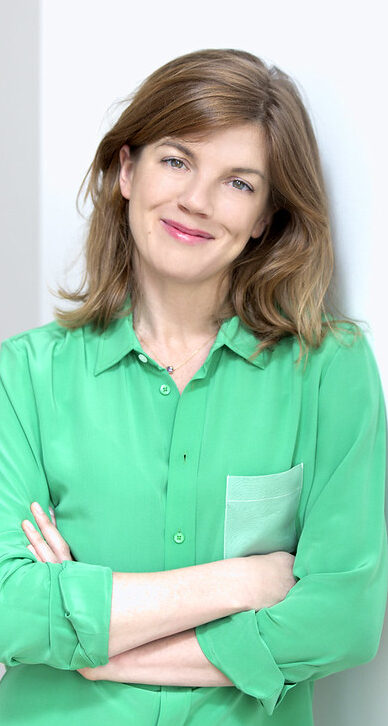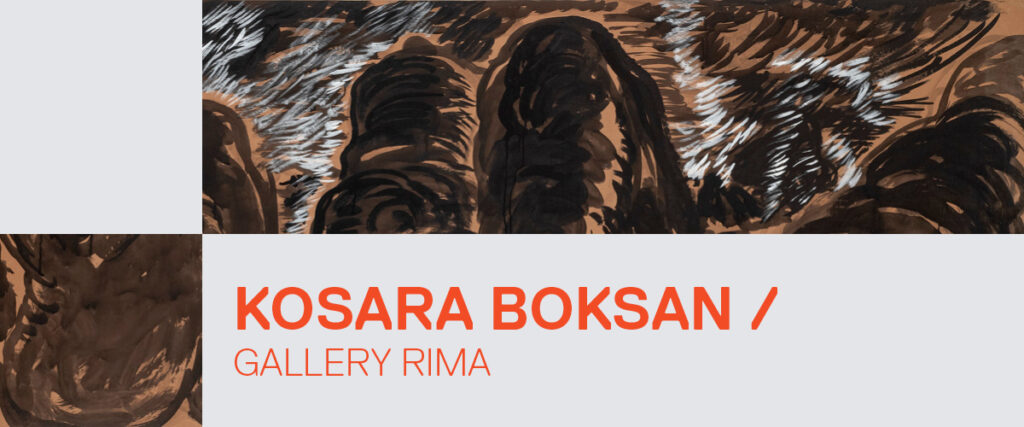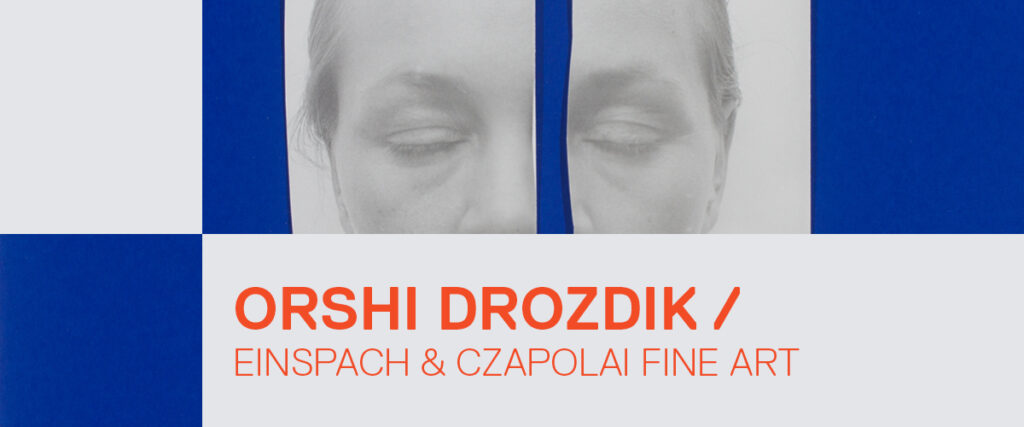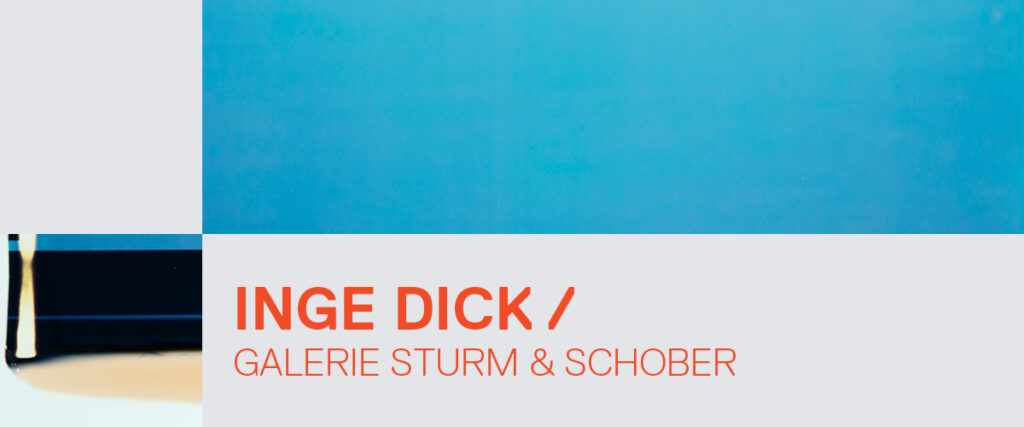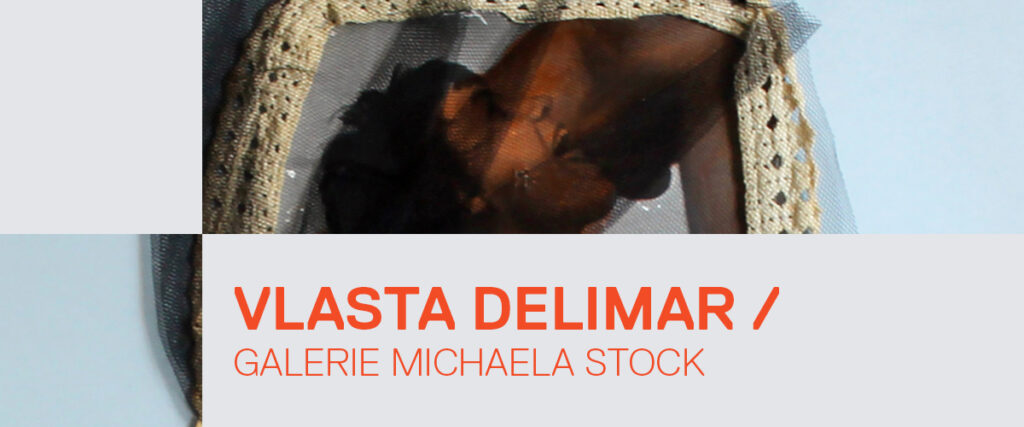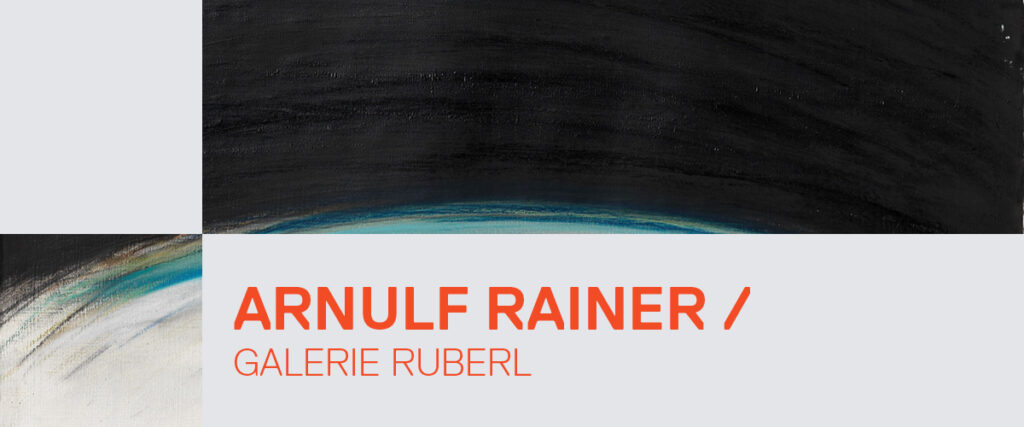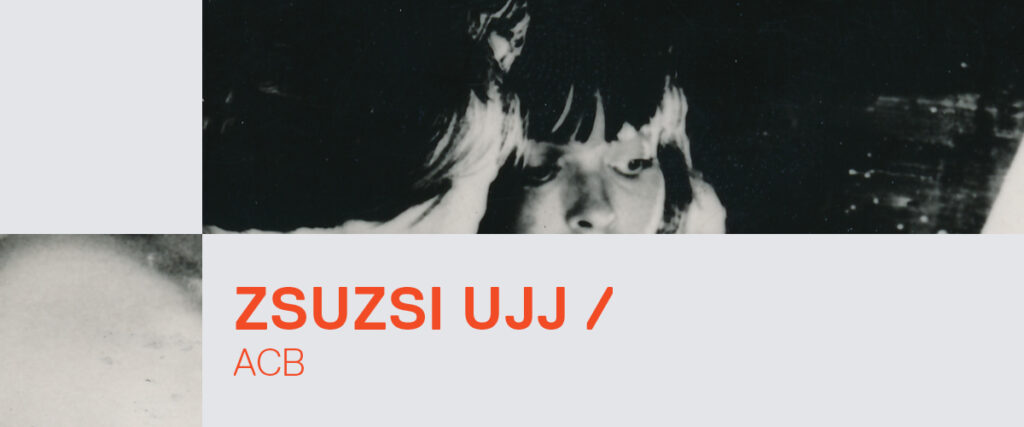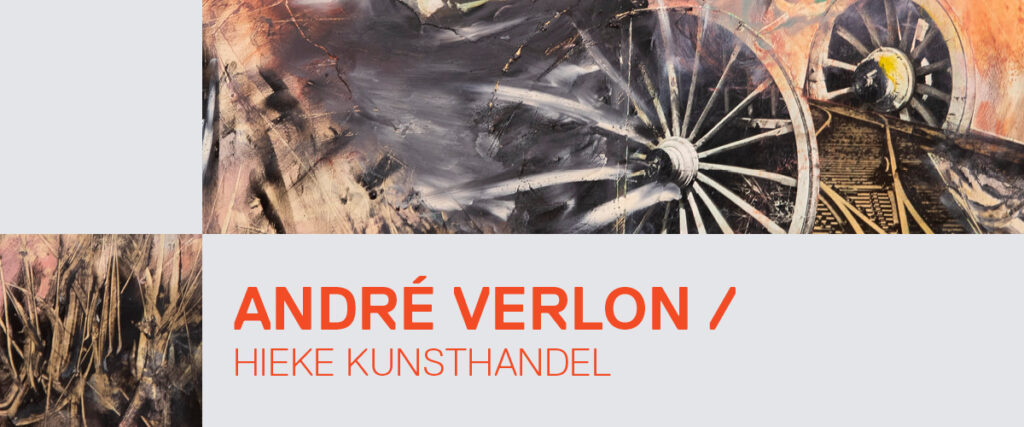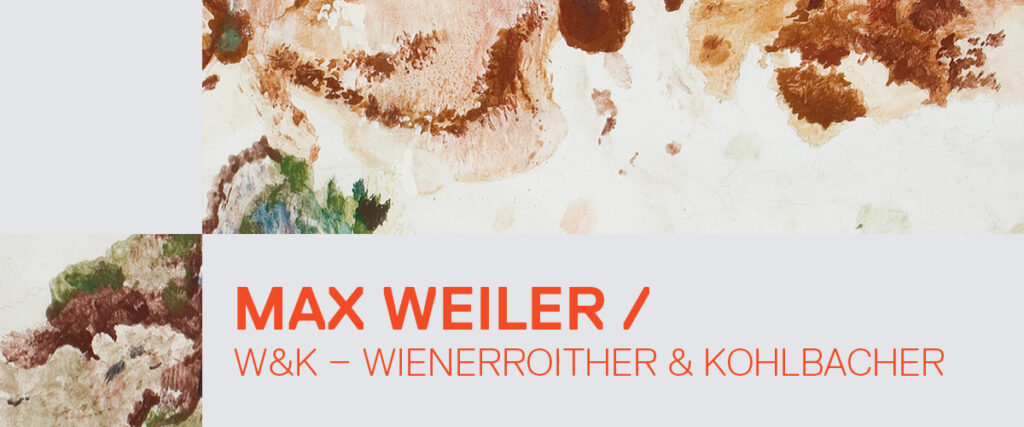CONTEXT
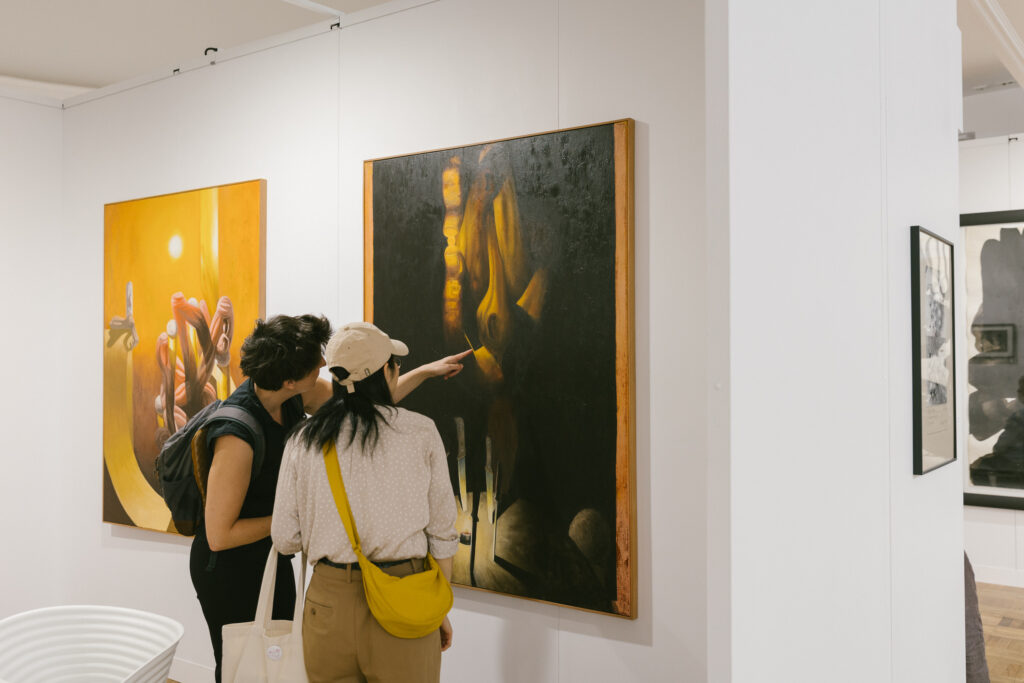
viennacontemporary presents the new section CONTEXT, curated by Pernilla Holmes, with nine solo presentations of artists from the late 20th century, some of whom have been overlooked in the past, while others have played a crucial role in shaping today’s Austrian art scene.
The section draws connections between the innovation of today and the rich history of art in Central and Eastern Europe, demonstrating how the creative present emerges from an exciting recent past.
Six of the nine featured artists are women, some of whom developed performative, avant-garde practices that challenged traditional notions of femininity and liberated female desire from the confines of morality. Others challenged the boundaries of what their male counterparts defined as “high art”.
The exhibition also features artists who are well-known in this country, but less so on the international stage – despite their pioneering art-historical innovations. Collage and abstraction are now an integral part of art history – these artists were among the early proponents of these groundbreaking techniques, and we look forward to shedding light on their practices as we reconsider whose stories are being told today and by whom.
ABOUT THE CURATOR
Art advisor, curator, and writer Pernilla Holmes has been Director of art advisory and cultural strategy firm Wedel Art since 2010, spearheading a range of special projects including curating exhibitions with artists such as Theaster Gates, Shara Hughes, Sam Gilliam, and Frank Bowling. Pernilla has an MA from the Courtauld Institute and has written extensively on art in catalogs and for such publications as the Financial Times, World of Interiors, and ARTnews, as well as giving lectures and talks on a variety of subjects around the world, including hosting a series on how to collect with Frieze, one on one artist interviews and moderating and sitting on panel discussions on subjects such as Artworld Disruptors, Art under the Radar and New Trends in Collecting.
PARTICIPATING ARTISTS
Kosara Bokšan (born 1925, Berlin, deceased Belgrade, 2009) was a Serbian artist who was one of the founding members of the Zadar Group, a group of students at the Belgrade Academy of Fine Arts who in the late 1940s rejected the conservative artistic principles they had been taught and developed a new, avant-garde space within Serbian art. Her practice evolved through several different creative phases, moving from realism to informal abstraction and then to symbolism, but she consistently experimented with movement and color. Throughout her life, Bokšan exhibited her work regularly, often in group exhibitions with other Yugoslavian female artists, and had solo exhibitions in Lille, Paris, Strasbourg, Rome, Belgrade, and Zagreb. In 2001, the Museum of Contemporary Art in Belgrade organized a major retrospective of her work.
Orshi Drozdik (born in 1946 in Abda, Hungary) is a visual artist who lives and works in New York City. Drozdik was one of the defining figures of Hungarian conceptual art in the 1970s and became an important figure within the international feminist art movement as it came to prominence during the 1980s. Critics have characterized her as the first Hungarian feminist artist and her work is rooted in questions of gender identity, striving to highlight inequalities between the experiences of men and women. The human body is a recurring motif in Drozdik’s work, and she often uses her own body as a medium of performance art. Famous performances include Nude Model (1977), where Drozdik drew a female nude model in a room partially hidden from the audience, taking on the personification of the stereotypical male gaze.
Inge Dick (born 1941, Vienna) is an Austrian film and photo artist whose work is primarily concerned with the theme of light. Working with natural light, she explores its complexities and seeks to convey its palpable presence. Working across different media throughout her career, Dick is particularly renowned for her detailed and quasi-scientific approach to photographing light which has allowed her to visually render minute changes in color temperatures across varying periods. Dick’s innovation in the medium of photography is widely recognized, and in 2018 she was featured in “Shape of Light” at Tate Modern, a major survey exhibition examining the development of the relationship between Photography and Abstract Art.
Vlasta Delimar (born in 1956, Zagreb, Croatia) began her career at the end of the 1970s, when the post-conceptualist scene in Croatia and wider former Yugoslavia was at its height. Rejecting formal artistic education and principles as outdated, she chose her body as her primary medium and defined herself as an autonomous artist who had neither direct predecessors nor successors.
Her performances examine female sexuality, questioning its freedom and moving beyond the codification of stereotypical gender roles and sexual taboos. Often masking her body with traditional feminine attributes such as veils or lace, her performances encourage viewers to consider the conscious and unconscious roles that they play within society.
Kiki Kogelnik (born 1935, Graz, Austria, deceased 1997, Vienna, Austria) studied at the Academy of Applied Arts and the Academy of Fine Arts in Vienna before relocating to New York in the early 1960s. She formed a community with artists like Jasper Johns, Roy Lichtenstein, Claes Oldenburg, and Andy Warhol, leading her to be historically associated with Pop Art; however, Kogelnik developed her own visual language, motivated by her fascination with the future of technology and representations of the female body.
Today, she is best known for her vibrant use of colors, her flat geometric compositions, and her depictions of the human form. Often painting isolated techno-body parts suspended in vibrant color planes or focusing on representations of the female figure, her work has been the subject of institutional exhibitions, including at Kunsthalle Krems and Österreichische Galerie Belvedere in Austria.
Arnulf Rainer (born 1929, Baden, Austria) is viewed as a pioneer of Art Informel, a movement that introduced a new form of lyrical expression into abstraction. Throughout his career he has received many accolades, such as representing Austria at the 1980 Venice Biennale and holding a professorship at the Academy of Fine Arts in Vienna. Among the notable collections containing his work are the Museum of Modern Art, the Solomon R. Guggenheim Museum, and the Arnulf Rainer Museum in Baden.
Rainer’s works are dense and highly textured, using a slow accumulation of brushstrokes to create abstraction. The process of creating each work is something he considers meditative, comparable to a religious or spiritual experience; for him, this experience is just as, if not more, important than the final work itself.
Zsuzsi Ujj (born in 1959 in Hungary) lived and worked in Budapest during a period of Hungarian political and cultural isolation. A member of Budapest’s underground art scene during the 1980s, she produced photography, poetry, ceramics, performance art, and music, all of which had their roots in the post-war Hungarian neo-avant-garde but also drew on the global New Wave movement.
Ujj’s photography is experimental, and her use of the medium is often self-exploratory. The artist uses her own, often painted, body to meditate on female and human experiences and to critique stereotypical female roles within society. Her work captures an important period of transition when Hungary was opening up to the world, yet its art market/scene remained limited. Owing to this unique situation, Ujj’s work has a level of vulnerability and authenticity not often seen in contemporaries working in more established art centers.
André Verlon is the artist pseudonym for Willy Verkauf (born 1917, Zurich, deceased 1994, Vienna), an Austrian visual artist best known for his experimental collages. Verkauf initially presented himself as a dealer, selling his own works under a pseudonym and receiving critical acclaim; it was only after MOMA included work by Verlon in its 1961 “The Art of Assemblage” exhibition that critics began to look into Verlon more closely and discovered his identity. The collages show wide-ranging influences, including the papier collés of Cubism and John Heartfield’s photomontages, and Verlon is widely regarded as the inventor of montage painting, creating powerful political collages that were highly experimental.
Born 1910 in Tyrol, Austria, Max Weiler is one of the outstanding personalities of Austrian painting of the 20th century. For over 70 years he transformed landscape and nature into abstract canvases and drawings, also delving into frescos, mosaics, ceramic wall, and glass paintings in the public sphere.
Weiler was a member of “Bund Neuland”, a youth movement dedicated to spirituality in nature, instigating a lifelong passion he took with him to the Vienna Academy of Fine Arts in 1930 and continued to develop throughout his life. From the 1950s onwards, he focused on his unique abstract and gestural cipher language interpreting nature and the great order of the cosmos. Weiler’s late work is characterized by intense colors and a dynamic brushstroke, evolving an ever more symbolic expression of the natural world.
Important public commissions include the apse of the Friedenskirche in Linz-Urfahr (1951), the counter hall of Innsbruck Central Station (1954/55), and the murals in the Casino Innsbruck (1992/93). In 1960 Weiler represented Austria at the Venice Biennale, and in 1979 was awarded the Austrian Medal of Honor for Science and Art and Great Golden Medal of Honor with Star of the Republic of Austria in 2000, among other notable prizes.

